If you’re pouring kosher salt from a cardboard box into your palm each time you need to season as you’re cooking, or if you’re carefully unwrapping your bag of Maldon sea salt when you go to finish a dish with those glorious crystals, it’s time to step up your game and invite a salt pig into your life. What exactly is a salt pig? Do you really need one or is it just another frivolous kitchen gadget?
Perhaps one of the most underrated kitchen accessories, a salt pig is a modest vessel—usually made of earthenware—that dutifully keeps your salt protected and within easy reach. The ceramic helps to manage humidity (no more clumpy salt!), while the cavernous mouth allows you to reach in and grab a generous pinch. No need to fiddle with salt boxes, bags, shakers, or grinders while you’re trying to prepare something delicious.
Salt pigs come in a variety of shapes and sizes, but the general premise is the same. A salt pig should be large enough to hold a useful amount of salt, heavy enough to withstand an accidental bump without scattering the contents all over your kitchen, and offer an opening of a suitable size for one-handed access.
A spoon, of course, is also an acceptable method for retrieving salt from within a vessel, and you’ll see plenty of varieties of salt pigs that come with a small spoon. Some cooks tend to prefer the volume control that comes from feeling the salt between their fingers, but it’s entirely up to you as to whether you prefer a scoop or a pinch.
While ceramic is the classic material for a salt pig, there are plenty of alternate options on today’s kitchen accessory market. You’ll find salt pots made of bamboo, olive wood, marble, as well as wood/ceramic combinations.
There’s no right or wrong when it comes to a salt pig (or box, or dish) as long as the end goal of the container is the same: easy access to the salt, and protection from cooking splatter or spillage.
Aside from being convenient while you’re in the midst of cooking, salt pigs also transition nicely to the table. Particularly for finishing salts (think flaky sea salt, smoked or flavor-infused salts) that aren’t ideal for use with a grinder or a conventional salt shaker, a salt pig can be an excellent solution for serving. Connoisseurs who tend to keep a variety of salts on hand will almost certainly find themselves with more than one salt pig in their kitchens once they’ve experienced the pleasures of this simple but brilliant concept.
This all sounds great, but why is it called a “pig,” anyway?
Well, there are a couple of different theories at work here… One claim is that salt pigs are called so because of their typically rounded shape and snout-like opening. The other idea (and the more likely notion, if you ask us) is that the term comes from an old Scottish dialect that refers to nearly any earthenware pot as a “pig.” Language is a funny thing sometimes.
And yes, there are pig-shaped salt pigs on the market.
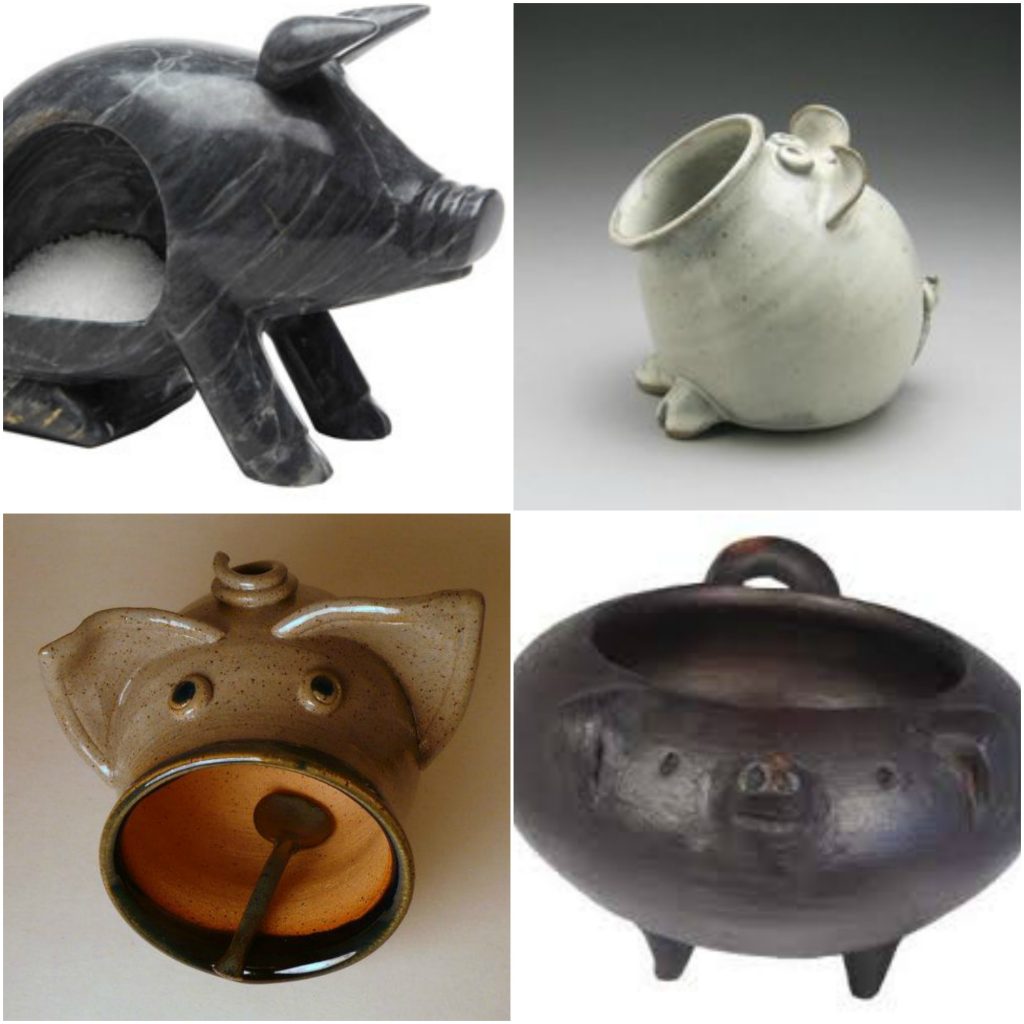
If you have any thoughts on salt pigs (or more insight into their unique name), feel free to share in the comments!

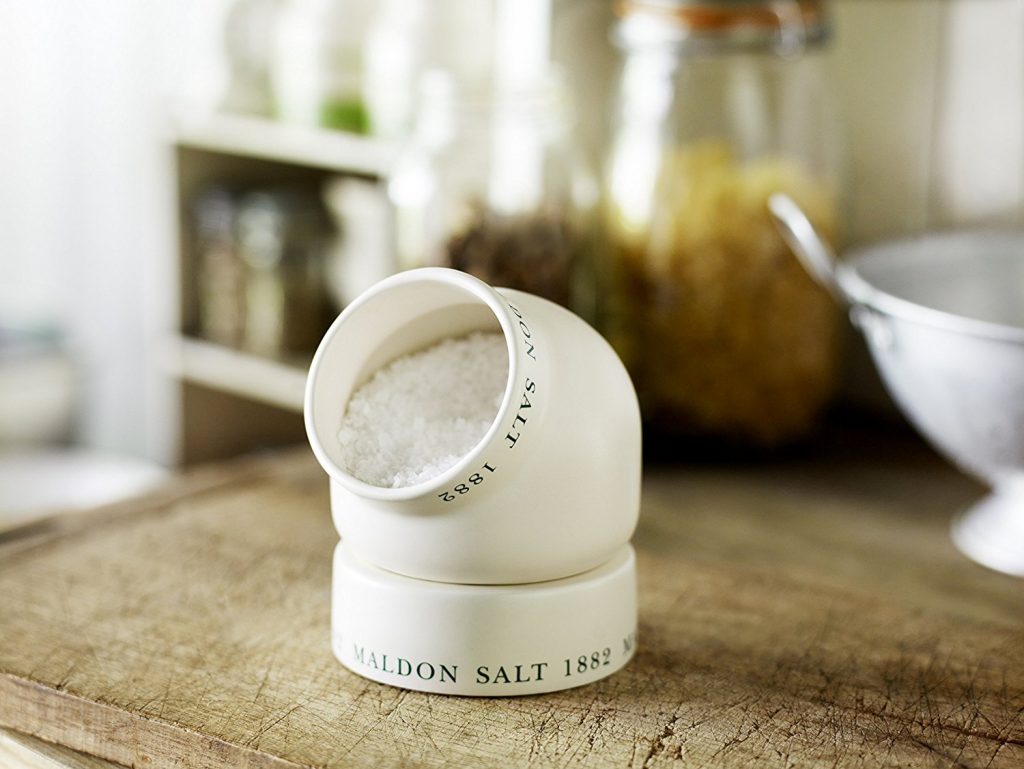
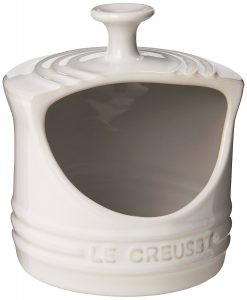
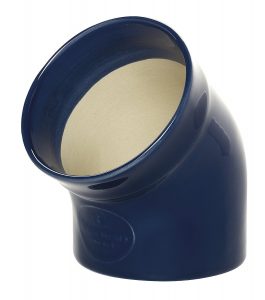
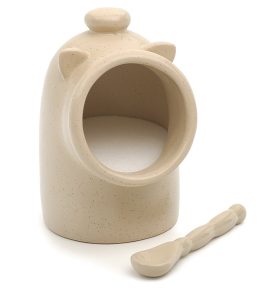
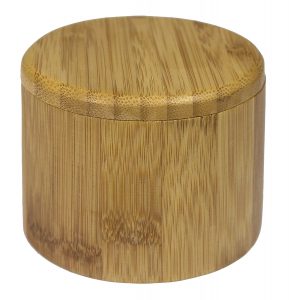
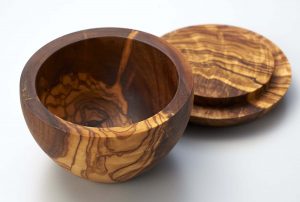
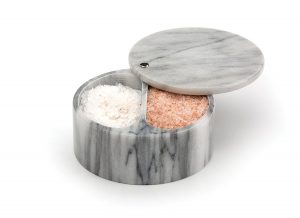
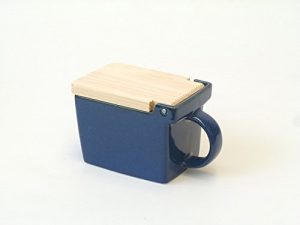
a ” salt pig” got it’s name for none of the reasons most people think. the real name is Salt pygg because of the type of clay used to make them, Pygg clay is orange in colour and used to make small bowls and cups to hold spices and coins also is the reason we have pygg banks.
I am looking the pig on your page Salt pig the one that looks l a pig .
If you have one please let know